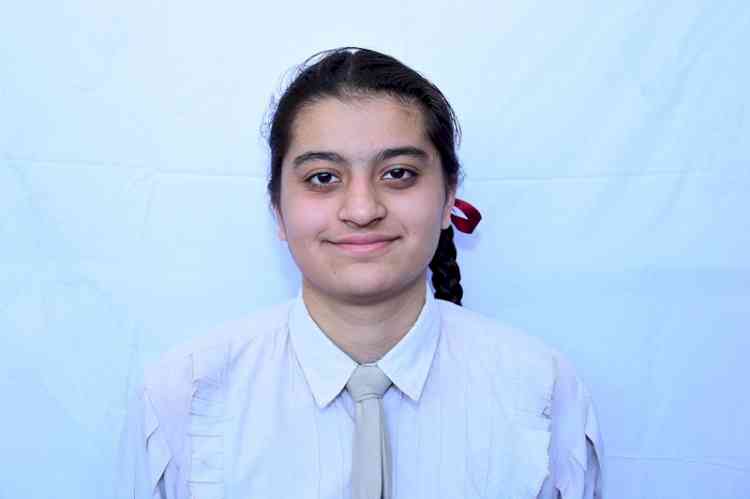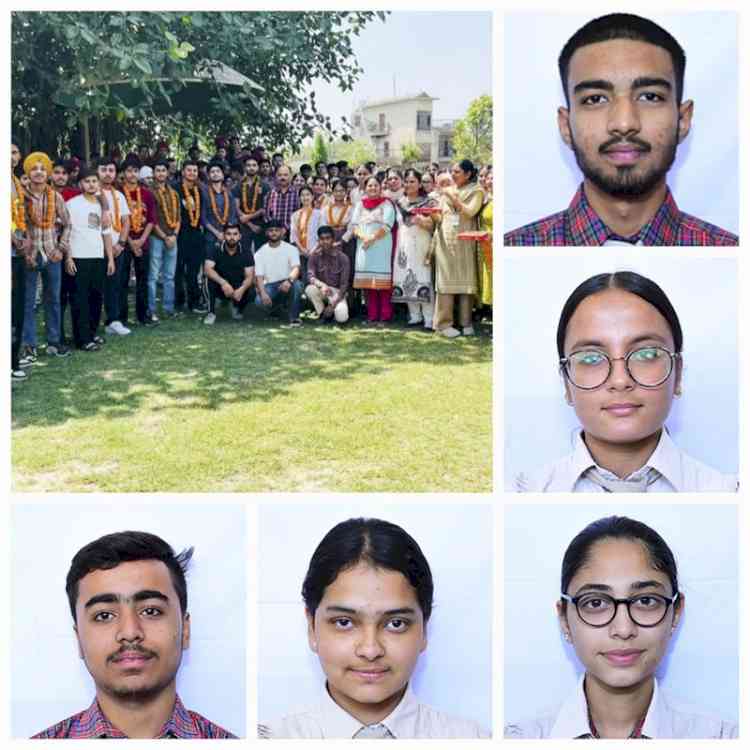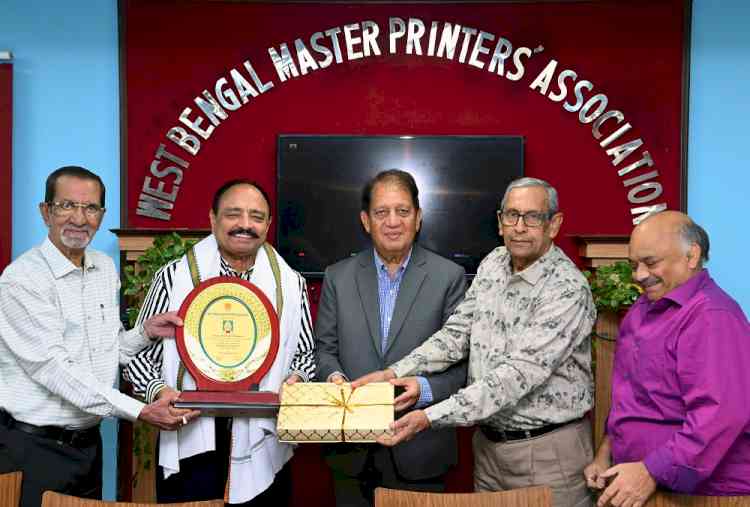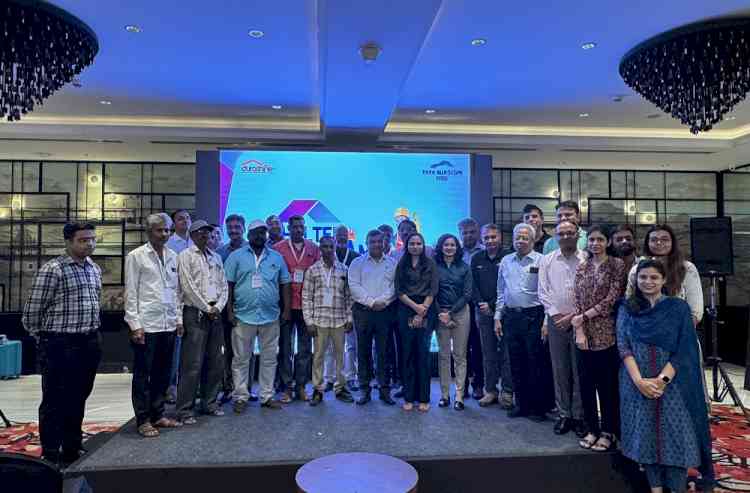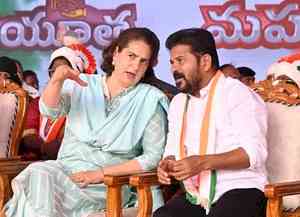Haemophilia: A disease which warrants attention from the government
Author(s): City Air NewsLudhiana, June 21, 2014: Haemophilia is a condition in which a specific clotting factor in the blood is missing making the body vulnerable to spontaneous bleeding into the joints as well as excessive bleeding to...

Ludhiana, June 21, 2014: Haemophilia is a condition in which a specific clotting factor in the blood is missing making the body vulnerable to spontaneous bleeding into the joints as well as excessive bleeding to trauma. The only treatment available in the world is clotting factor concentrates (CFC).
Haemophilia workshop held at CMC Ludhiana on 21st of June had about 100 patients and their relatives attending the meeting and various sessions were held to educate and improve the haemophilia care in Punjab. Anticipated severe haemophilia population in India is approximately 0.1 million, but only 16000 haemophilia patients are registered in the 85 Haemophilia Chapters across the country.
About 1700 children with haemophilia are born every year in India. Majority of them are either not diagnosed in time or are succumbing within the first few years. About 10-30% of haemophilia patients are diagnosed with blood borne viral infections like Hepatitis B, C or HIV. Haemophilia in India is a grossly under diagnosed disorder, mainly due to lack of awareness and diagnostic facilities in this country. (Source: Molecular Cytogenetics 2014, 7(Suppl 1):I44 doi:10.1186/1755-8166-7-S1-I44)
As per the recent WFH Survey, 43% of the World haemophilia population lives in India, Bangladesh, Indonesia and China, out of which only 12% is diagnosed in these countries. Additionally these countries represent only 2% of the World’s total factor usage.
When the world recommendation of per capita use of FVIII is 2 U per capita, India has been shown to be only 0.0075. Most states in India have made efforts to give either free or subsidized factor support @ 1 Unit per capita (ie: 20000 unit per person per year). However this provision to patients with haemophilia is still not available in Punjab.
Punjab in among the top ten states of GDP and per-capita income in the country and has the maximum prosperity index among other states. However, Punjab is one of the few states in the country in which free or subsidized antihaemophlia factor is not available. Health care being a state government responsibility, it is time the state administrative force take note of this growing need.
As per the recently held world haemophilia congress at Melbourne, Australia, the motto is “Innovation, education and advocacy”. The developing markets in the world are the BRICS countries (Brazil, Russia, India, China and South Africa) as well as Mexico, Turkey and Ukraine – will account for one-third of the world’s GDP by 2020 – just 6 years away. It should be a matter of time, the health care in India will improve if we concentrate on the right aspects.
With regard to education and advocacy, Vaibhav Nehra leader of a Haemophilia Youth group from Delhi elaborated on the Delhi youth group formation. A similar youth group in Punjab has been formed under the leadership of Munish Sharma and they will concentrate on leadership training and improving the knowledge and care among the patients. This is a group which is run by patients themselves. Munish will soon be attending a leadership training programme at San Francisco this year.
Christian Medical College, Ludhiana has an ongoing twinning programme with Henry Ford Hospital Detroit, USA through the World Federation of Haemophilia and CMC Ludhiana has been recognised by Baxter as the Centre of Excellence in Comprehensive Haemophilia. In the recently held World Haemophilia Congress 2014 at Melbourne, Australia, CMC and Henry Ford Hospital were given the
“Twin of the year 2013” award. This award was given among the 35 twinning programmes in 45 countries across the world.

 cityairnews
cityairnews 







